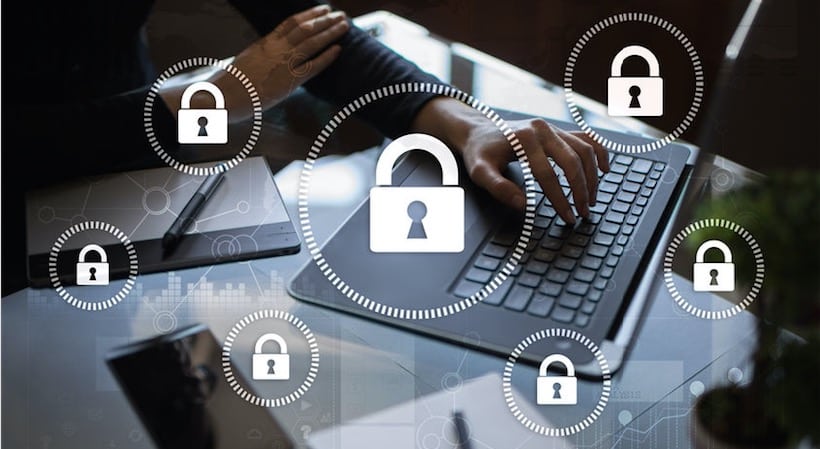A hacker attack occurs every 39 seconds in the US, affecting one in three Americans every year.
Don’t leave the front door of your site wide open! You need to secure your website, which means putting protection in place to keep out hackers, bugs, and other online nasties. Otherwise, your data could be at risk, your site could crash, or you could even lose money.
Here’s how to make a website secure:
- Install SSL – buying a simple Secure Sockets Layer certificate is a crucial first step.
- Use anti-malware software – to scan for and prevent malicious attacks.
- Make your passwords uncrackable – 123456 won’t cut it!
- Keep your website up to date – using out-of-date software is like leaving your back door unlocked.
- Don’t help the hackers – look out for phishing emails and other scams.
- Manually accept on-site comments – keep control over potentially dodgy comments.
- Run regular backups – to prepare for the worst case scenario.
Security is important for everyone…
…and our research confirms that. We spoke to 425 users, some choosing their first web host and others switching providers, about which features they value the most. 25% of all respondents named security as their number one priority.
But I’m not even making money through my website. It’s just a small blog. Why would anyone hack me? Why does it even matter if a hacker gets in anyway?
Apart from losing money, hacking can result in huge losses in traffic, your site being suspended or crashing, and even identity theft. Your personal data, and that of your visitors, could be at risk.
But how am I supposed to fight off hackers? I’m not that technically skilled!
This is another common worry, but luckily, you don’t need fearsome tech skills in order to secure your website. All of these steps are simple to implement, and we’ll walk you through


 MEWS is a full service web development Internet marketing company and technology integrator founded in 2003, by leading industry consultants with previous technology experience.MEWS is an Internet services and solutions company with interests in website development – Mobile applications– domain name registrations - web hosting.
MEWS is a full service web development Internet marketing company and technology integrator founded in 2003, by leading industry consultants with previous technology experience.MEWS is an Internet services and solutions company with interests in website development – Mobile applications– domain name registrations - web hosting.